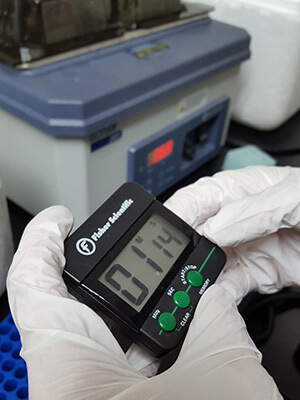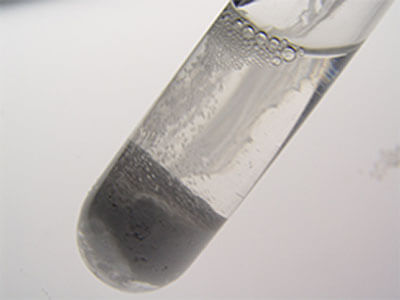This is a lesson summary. The full lesson can be viewed by purchasing an online course subscription.
Learning Objective
In this lesson we will learn how the progress of a chemical reaction can be explained by particle collision theory. We will also learn how to measure the rate of a chemical reaction.
Learning Outcomes
By the end of this lesson you will be able to:
- Define rate of reaction.
- Describe how the rate of a chemical reaction changes as it progresses.
- Explain how the progress of a chemical reaction is related to the frequency of successful particle collisions.
- Measure the instantaneous rate and average rate of a chemical reaction.

(Image: Needpix)
Lesson Summary
- Collision theory states that for a chemical reaction to occur:
- Reactant particles must collide.
- Reactant particles must collide with sufficient energy and correct orientation to break bonds.
- The rate of a chemical reaction refers to how quickly reactants are converted to products.
- The rate of a reaction can be measured two ways:
- Instantaneous rate – the rate of change at a particular point in time.
- Average rate – the rate of change over a particular period of time.
- Chemical reactions do not proceed at a constant rate.
- Initially, the reaction is at its fastest, as there is the highest concentration of reactant particles, resulting in the highest frequency of collisions between them.
- Rate of reaction = maximum.
- Slope of graph = maximum.
- Concentration of reactants = maximum.
- Concentration of products = 0.
- As a reaction progresses, the rate decreases, as there is a decrease in the concentration of reactant particles, resulting in a decrease in the frequency of collisions between them.
- Rate of reaction decreases.
- Slope of graph decreases.
- Concentration of reactants decreases.
- Concentration of products increases.
- Eventually, the reaction stops, as all of the reactants have been converted to products, hence there are no more collisions between reactant particles.
- Rate of reaction = 0.
- Slope of graph = 0.
- Concentration of reactants = 0.
- Concentration of products = maximum.

(Image: LoyalSoldier, Wikimedia Commons)
(Header image: StockSnap, Pixabay)
